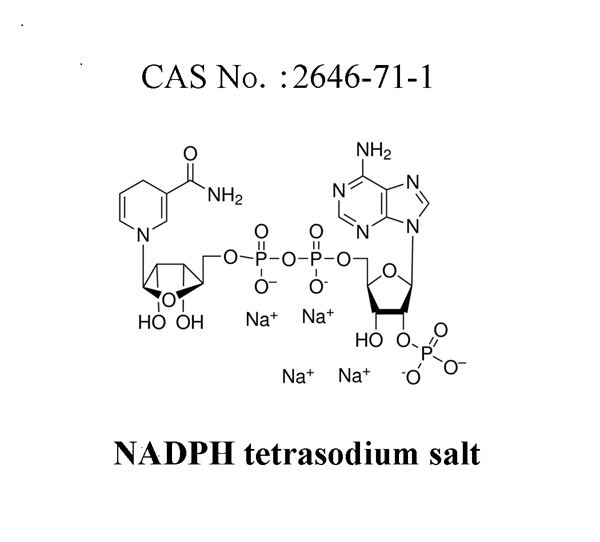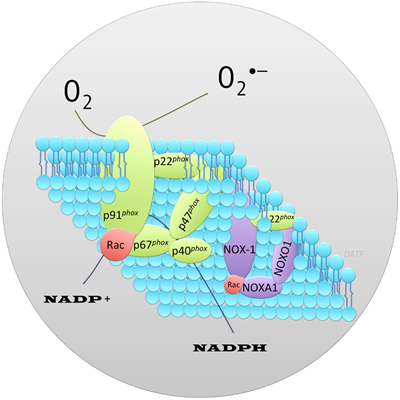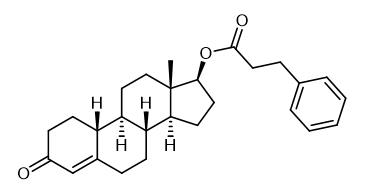Applications of NADPH-Na4
Introduction
Reduced coenzyme is a kind of coenzyme, including reduced coenzyme I and reduced coenzyme II, whose scientific names are nicotinamide adenine dinucleotide and nicotinamide adenine dinucleotide phosphate, also written as [H]. It plays an important role as a hydrogen transmitter in many biological chemical reactions. NADPH-Na4 mainly acts as the coenzyme of dehydrogenase and acts as a hydrogen transmitter in the enzymatic reaction[1]. It is a monohydrogen transmitter. NADPH-Na4 is usually used as a reductant of biosynthesis and cannot directly enter the respiratory link for oxidation. Only under the action of special enzymes, H on NADPH-Na4 is transferred to NAD+, and then enters the respiratory chain from NAD+. NADPH-Na4 is reduced in the process of water photolysis in the photosynthetic photo reaction stage, and then acts as a reducing agent in the carbon reaction. NADP+and ADP are reduced to NADPH-Na4 and ATP in the photo reaction, and then enter the carbon reaction (i.e. the Calvin cycle), and then oxidized to ADP and NADP+in the carbon reaction, and then enter the photo reaction again, forming a cycle. See photosynthesis for details.
Application in redox reaction
Only few electrochemical biosensors have been developed for RS detection, such as biosensors for GSH, GSSG, and cysteine. Detection of other RS such as NADPH, NADP+ and Cyss via electrochemical sensor is still missing. Furthermore, as single analyte only provides limited information, multiplex biosensing system for simultaneous determination of multiple RS couples is highly required to better investigate the overall redox homeostasis in cancer patients.
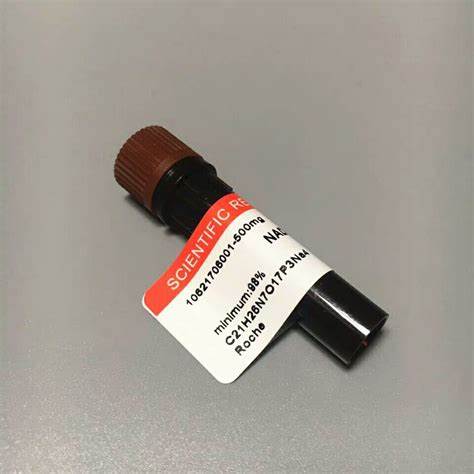
Picture NADPH-Na4
Application in NADPH-TR
The staining technique of prototype coenzyme II reduced tetrasodium salt reductase (NADPH-TR) is an important method to distinguish the structure of type I and type II muscle fibers. It is widely used in the diagnosis of neuromyopathy. Conventional NADH-TR staining method. Because nitrotetrazolium blue (NBT) is not easy to dissolve Generally, glass rods are used to stir the dye solution for about 20 min. It is easy to cause long dyeing process. The dye depth on the dyed piece is uneven or there are artifacts such as sediment. So as to affect the film reading and diagnosis. We used a modified NADPH-TR staining method of dimethyl sulfoxide (DMSO) Compared with the original method, it has the advantages of shorter dyeing time, uniform and clear dyeing sheet, no impurity pollution, saving dyeing solution and reagent, and easy observation in the light environment.
Reference
1 WADA S. Stabilizing NADH and NADPH, involves coexisting substance having cation site together with NADH or NADPH in aqueous solution.
2 Use of NADH or NADPH against cancer or AIDS.EP0534097A2 (A3,B1) ? 1993-03-31 ? BIRKMAYER JOERG [AT]
);You may like
Related articles And Qustion
See also
Lastest Price from Nadph tetrasodium salt manufacturers
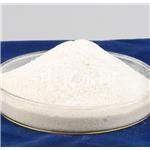
US $1.00/g2024-05-01
- CAS:
- 2646-71-1
- Min. Order:
- 1g
- Purity:
- 99%
- Supply Ability:
- 100kg
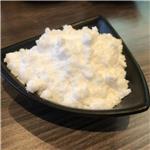
US $10.00-100.00/kg2024-04-02
- CAS:
- 2646-71-1
- Min. Order:
- 1kg
- Purity:
- 99%
- Supply Ability:
- 5000 Metric Ton/Month

